Exclusive: A new dawn in Dublin
Historic football stadium Dalymount Park is set to undergo a complete revamp that promises to transform the outlook of Bohemian FC and sport in Dublin and Ireland as a whole. Ahead of TheStadiumBusiness Design & Development Summit 2016 (31 Oct – 2 Nov) in Liverpool and Manchester, we caught up with Bohemian FC director, Daniel Lambert, to find out more about the project.
What is the vision behind the project?
The vision is to completely rebuild Dalymount Park as a 10,000-capacity contemporary stadium whilst incorporating municipal elements and retaining some of the history of the site. There is also a concept to incorporate a new national soccer museum into the development.
The club originally had plans to move away from Dalymount Park before the economic downturn. Why is this is the correct site for the stadium?
The stadium is in a unique location in Dublin, being situated in a residential area. Bohemians have played at the stadium since 1901, so we were wary of a move to the outskirts of the city as that could have an adverse impact on attendances. We don’t want watching the club to become a big effort for the fans that we have.
With this project, the stadium will remain at the centre of the fan base, just one mile from the city centre. Additionally, a new light rail stop is due to open at the ground in December 2017 and that will connect us with the whole city.
“Bohemians have played at the stadium since 1901… we don’t want watching the club to become a big effort for the fans that we have”
What is the projected cost of the renovation and how will it be funded?
It will cost in the region of €20 million and will be almost entirely funded by the Irish government.
When did the site fall under public ownership, and why?
The club was facing a debt that it could not service. Last year, Dublin City Council bought the stadium, but up until then it had been wholly-owned by the club for more than 100 years.
From a day-to-day operational perspective, we will pay a set rental fee to use the stadium and will be able to generate income from certain parts of the stadium. In the long term, public ownership may well help to accelerate the development, with demolition work earmarked to begin in October next year.

So what is the timeline beyond the proposed start date?
Ireland will host matches during the Uefa Euro 2020 soccer tournament and the Football Association of Ireland is looking for Dalymount Park to act as a legacy stadium for the event. So there is a desire to get the redevelopment work completed before 2020.
With public ownership, it is fair to say that the local authority is keen for the stadium to be a community asset and used for more than just Bohemians matches?
Yes. For a start, another local club, Shelbourne from the First Division, will share the ground with us. They are currently based about a mile away and we will rotate home matches. Also, until now Dundalk, who are based about an hour away, have had to play home matches in Europe at the (51,700-capacity) Aviva Stadium in Dublin as their home ground does not meet the standards of Uefa, football’s European governing body. In the future the likes of Dundalk will be able to play at Dalymount Park, and it is envisaged that the stadium will be used for other international contests and other Dublin sports clubs will be able to use it for other competitions.
It is also very likely that it will be used for concerts and other civic events, and of course there is the museum proposal. There may also be multi-use elements for the community, such as theatre space or a library. The local residents are actively involved in discussions.
“There may also be multi-use elements for the community, such as theatre space or a library. The local residents are actively involved in discussions”
There will clearly be a lot going on at the stadium. With that in mind, are you sure that a capacity of 10,000 is right?
Our average attendance is between 3,000 and 4,000. We haven’t carried out any specific research, but we are anticipating a ‘bounce’ of between 1,000 and 1,500 fans for home games following the redevelopment. Currently three sides of the ground are more-or-less derelict, and the physical surroundings can be quite off-putting for all but the hardcore fans. A capacity of 10,000 allows us to grow as a club over time.

So what will the new stadium look like and what facilities will be available?
The plans are still being refined, but it is likely that there will be two main stands by the side of the pitch, each with a capacity of between 4,000 and 4,500. There will then be a stand behind each goal that will be able to hold between 500 and 1,000 fans.
“Some of the legendary figures to have performed at the stadium over the years range from Pele to Bob Marley”
We have looked at safe standing terrace options for parts of the stadium and as a club it is something we would probably be in favour of as it adds to the atmosphere. About 30% of our fans stand up in seating areas anyway. However, the final decision depends on the council.
We currently have three bars with a very old drinks licence, but the new stadium will have new bars and ancillary facilities for functions and we envisage those to generate other income streams. There will also be the club shop and the museum.
There have been suggestions that the development will take place on a phased basis in parallel with the nearby Phibsborough shopping centre. Is that still likely?
There are two options: the phased approach, or to do it all in one go. I think the latter is looking more likely at the moment. If the two projects take place at the same time there will be significant savings, and also a new access route to the stadium from the shopping centre can be opened up.
You made reference earlier to retaining some of the history of the site. What do you envisage?
The floodlights are the most iconic part of the current stadium. They were put up in 1962, but the council has said that they will have to come down as they don’t meet requirements. However, there have been indications that lights of a similar style will be used, so a familiar skyline will be retained.
There is also an idea to involve local artists who can produce murals on the walkways in the stadium to highlight some of the legendary figures to have performed at the stadium over the years, from Pele to Bob Marley.
The stadium project as a whole is a once-every-100-years opportunity for the League of Ireland. We are determined not just to create a sterile new stadium, but rather establish a venue that Ireland can be proud of.
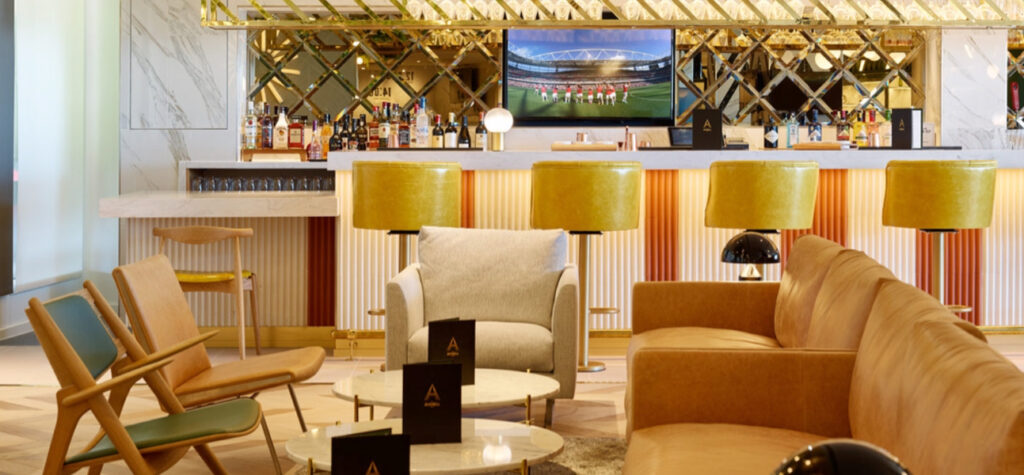
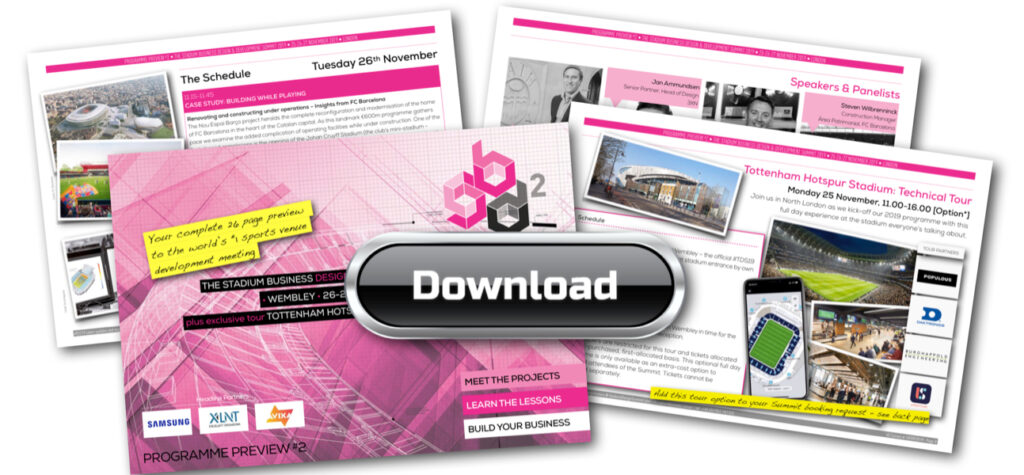


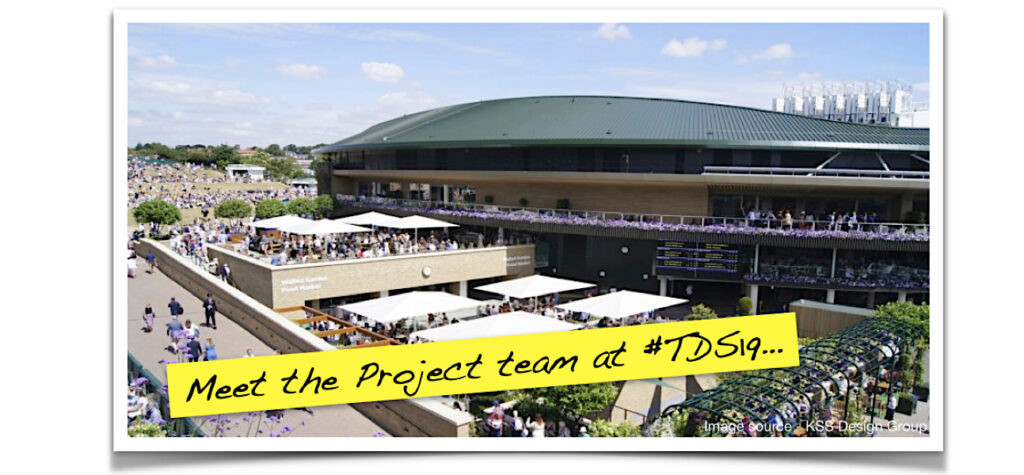
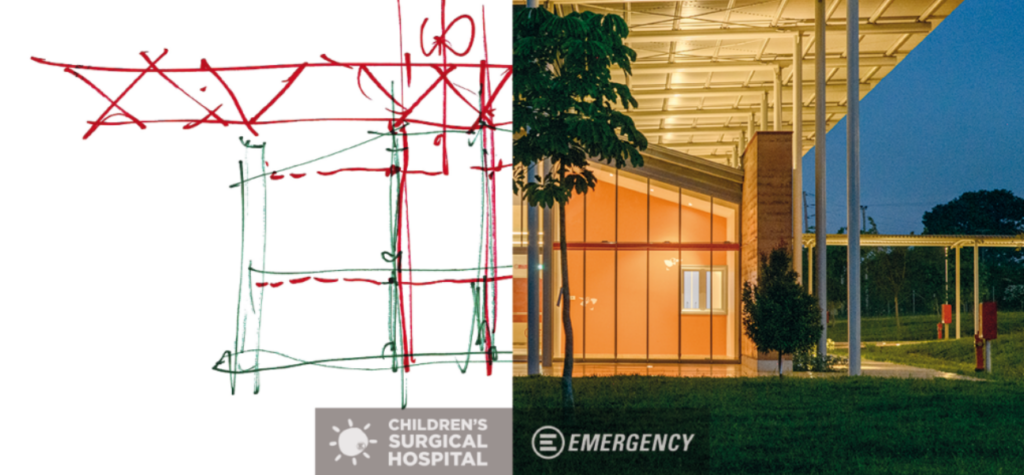
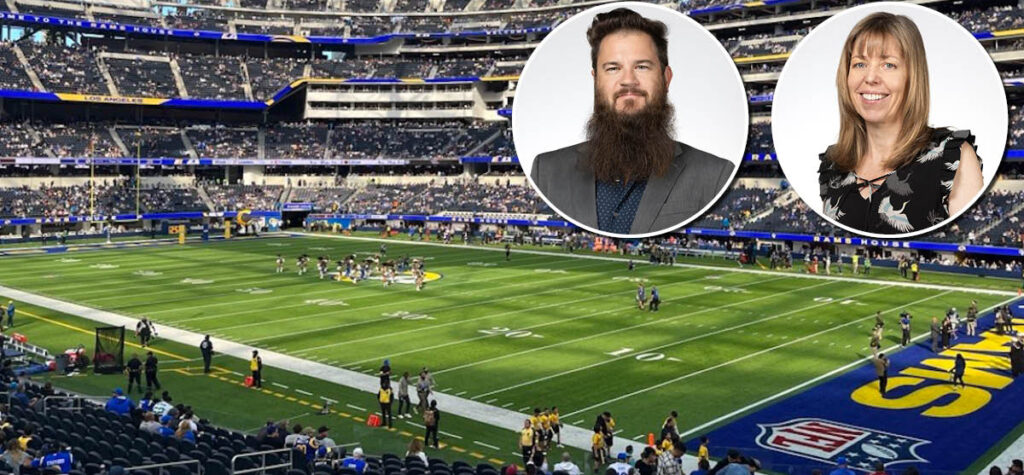
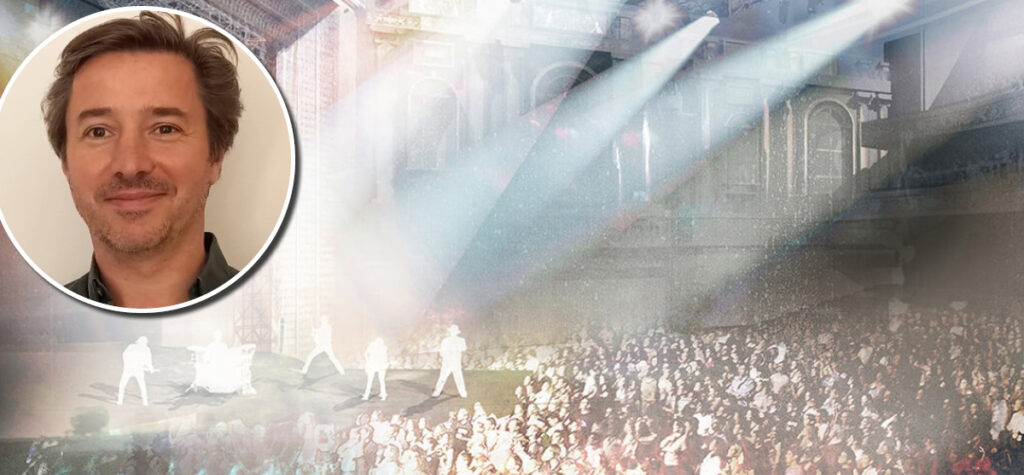
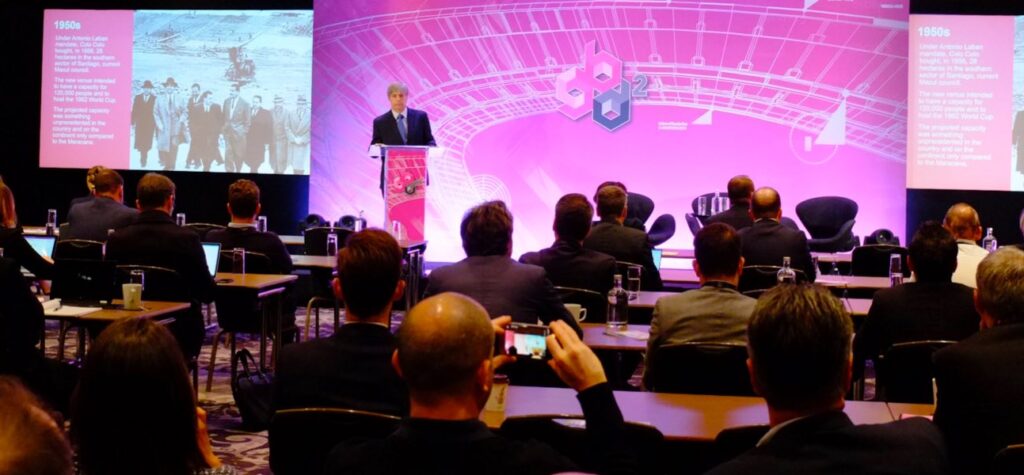
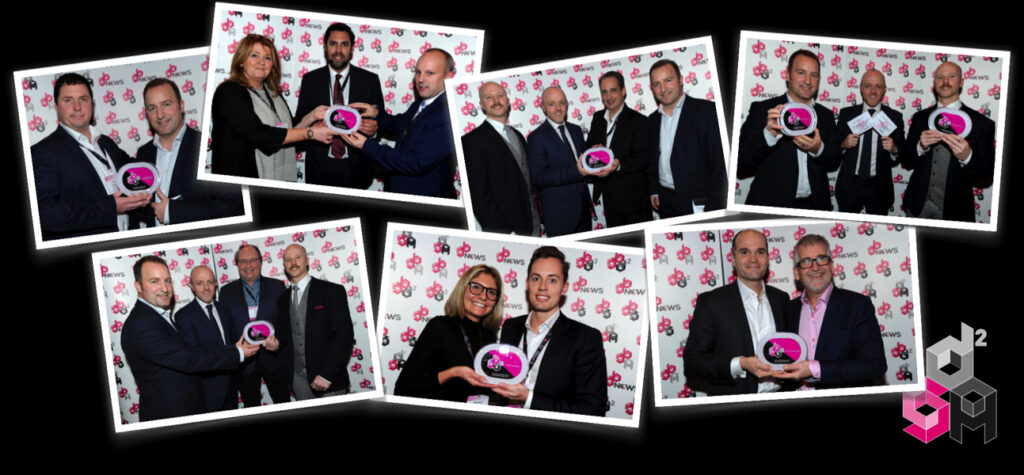
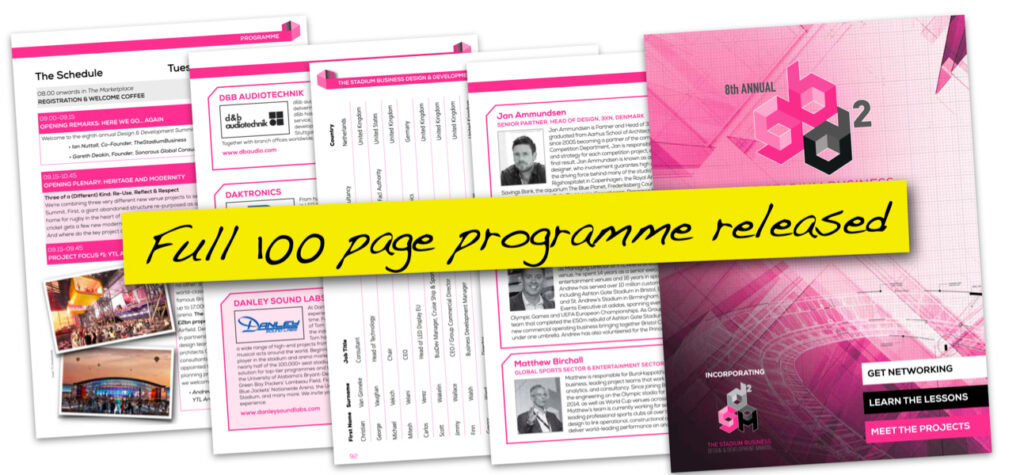
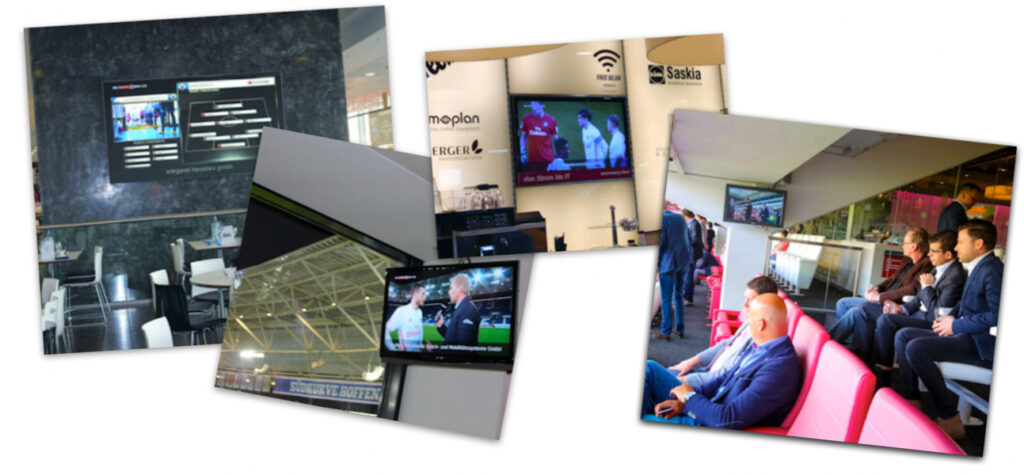

Share this